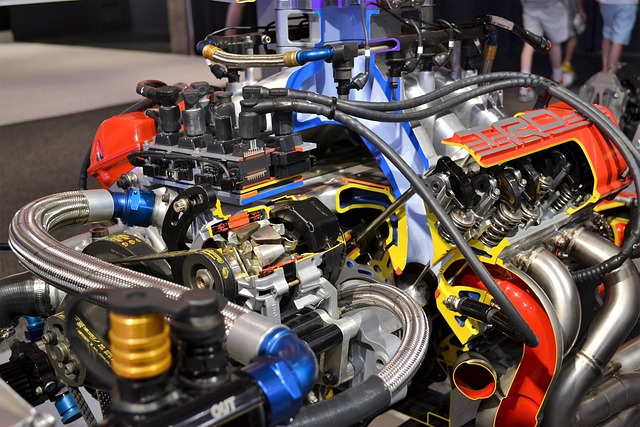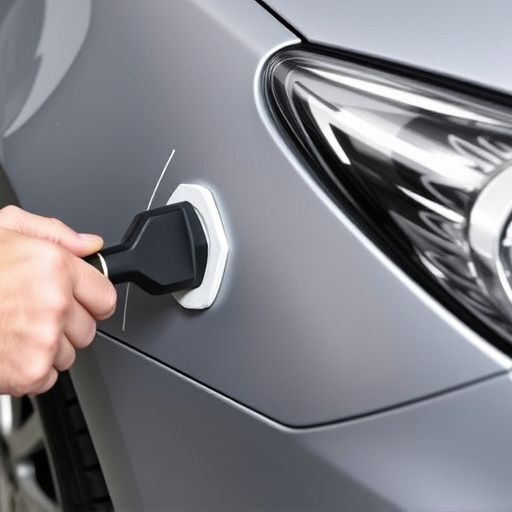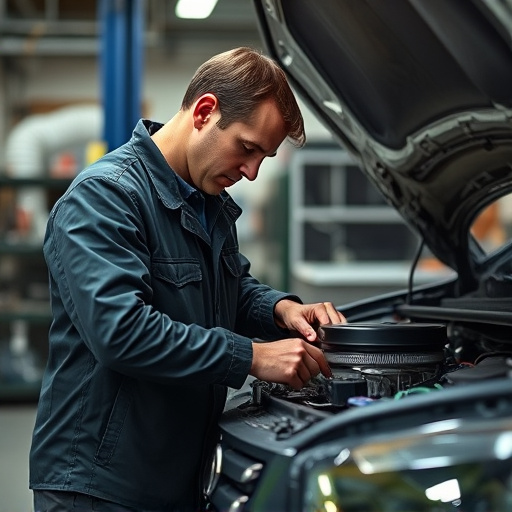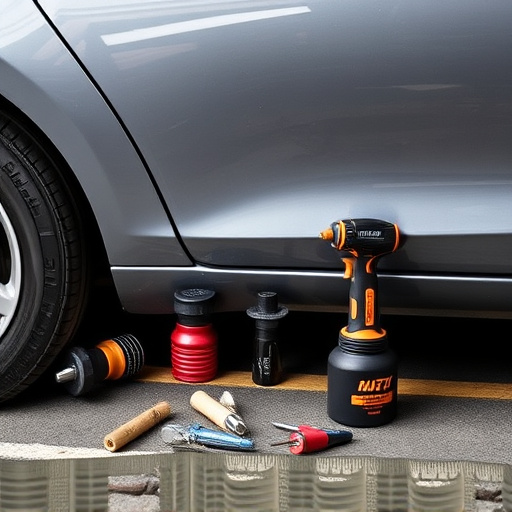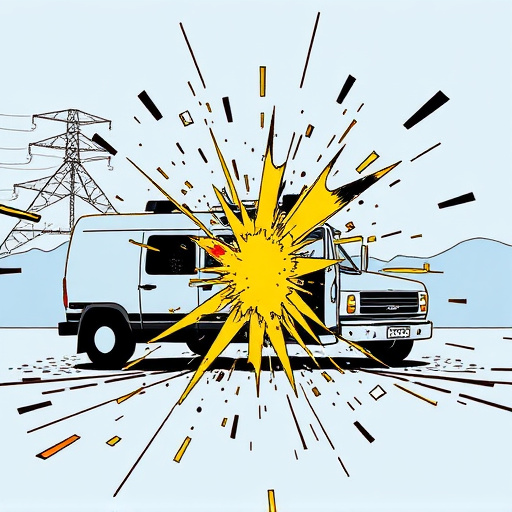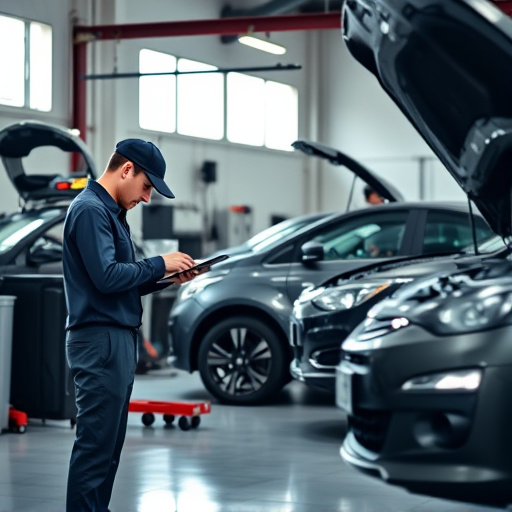Delays in collision repair impact both owners and shops, hindering efficiency and increasing costs. Streamlining processes with efficient resource allocation, strategic planning, and digital tools is crucial to address delay concerns. Prioritizing urgent jobs, cross-training staff, and implementing structured systems minimize wait times, ensuring superior service and satisfied customers.
Collision repair, a critical process in the automotive industry, often faces significant hurdles due to delay concerns. This article delves into the intricate relationship between delays and collision repair, exploring how these pauses impact overall efficiency and resource allocation. We break down efficient strategies for managing resources, highlighting best practices that shops can adopt to mitigate delays and enhance service delivery. Understanding delay impacts is key to revolutionizing collision repair processes.
- Understanding Delay Impacts on Collision Repair
- Efficient Resource Allocation Strategies
- Mitigating Delays: Best Practices for Shops
Understanding Delay Impacts on Collision Repair

The impact of delays in collision repair goes beyond mere frustration for car owners; it significantly influences the overall process and efficiency of auto body repairs. In an era where time is a precious commodity, every minute a vehicle spends at a shop is critical. Delays can lead to increased costs for both customers and auto repair shops alike, as labor and resource allocation become less efficient. This is particularly true for busy auto repair shops that handle numerous car repair services daily.
When a collision occurs, prompt action is essential to mitigate further damage and ensure safe roadworthiness. Each hour that passes without repairing the vehicle could mean more wear and tear on its parts, potentially leading to more complex and costly repairs later. Understanding these delay concerns is crucial for both parties, fostering a collaborative environment to streamline collision repair processes and enhance customer satisfaction with auto body repairs.
Efficient Resource Allocation Strategies

In the realm of collision repair, efficient resource allocation strategies are essential to mitigate delay concerns. When a vehicle sustains damage, prompt action is crucial. Auto body repairs and frame straightening require specialized equipment and skilled technicians, making resource management vital. Optimizing this process involves strategic planning, such as prioritizing jobs based on urgency and complexity, ensuring that critical repairs are addressed first to prevent further complications.
By implementing these strategies, auto repair shops can streamline their operations, reducing wait times for customers. This is particularly beneficial in the context of classic car restoration, where every moment counts in preserving historical vehicles. Efficient allocation means minimizing downtime, utilizing tools effectively, and maintaining a well-trained workforce ready to tackle various tasks, from simple auto body repairs to intricate frame adjustments.
Mitigating Delays: Best Practices for Shops

To mitigate delays in collision repair, auto shops should implement best practices that streamline operations and enhance efficiency. One effective strategy is adopting a well-organized system for resource allocation, ensuring that tools, materials, and skilled technicians are readily available when needed. This involves regular inventory management, advanced scheduling, and cross-training staff to handle various tasks. Additionally, digitalizing processes, such as using cloud-based software for estimating and tracking repairs, can significantly reduce manual errors and streamline communication between teams.
Another key practice is prioritizing jobs based on urgency and complexity. Shops can utilize a structured queuing system that considers the time-sensitive nature of certain repairs, especially for luxury vehicle repair. Paintless dent repair techniques are an excellent example of minimizing delay; these non-invasive methods can restore vehicles to their original condition swiftly, appealing to customers seeking high-quality automotive restoration without extensive downtime. By embracing such innovative practices, collision repair shops can efficiently navigate delay concerns and provide superior service.
Delay concerns in collision repair can significantly impact both customer satisfaction and shop profitability. By understanding how delays affect key aspects of collision repair, adopting efficient resource allocation strategies, and implementing best practices, repair shops can effectively mitigate these concerns. These measures not only streamline operations but also ensure faster turnaround times, enhancing customer experience while optimizing resource utilization.



